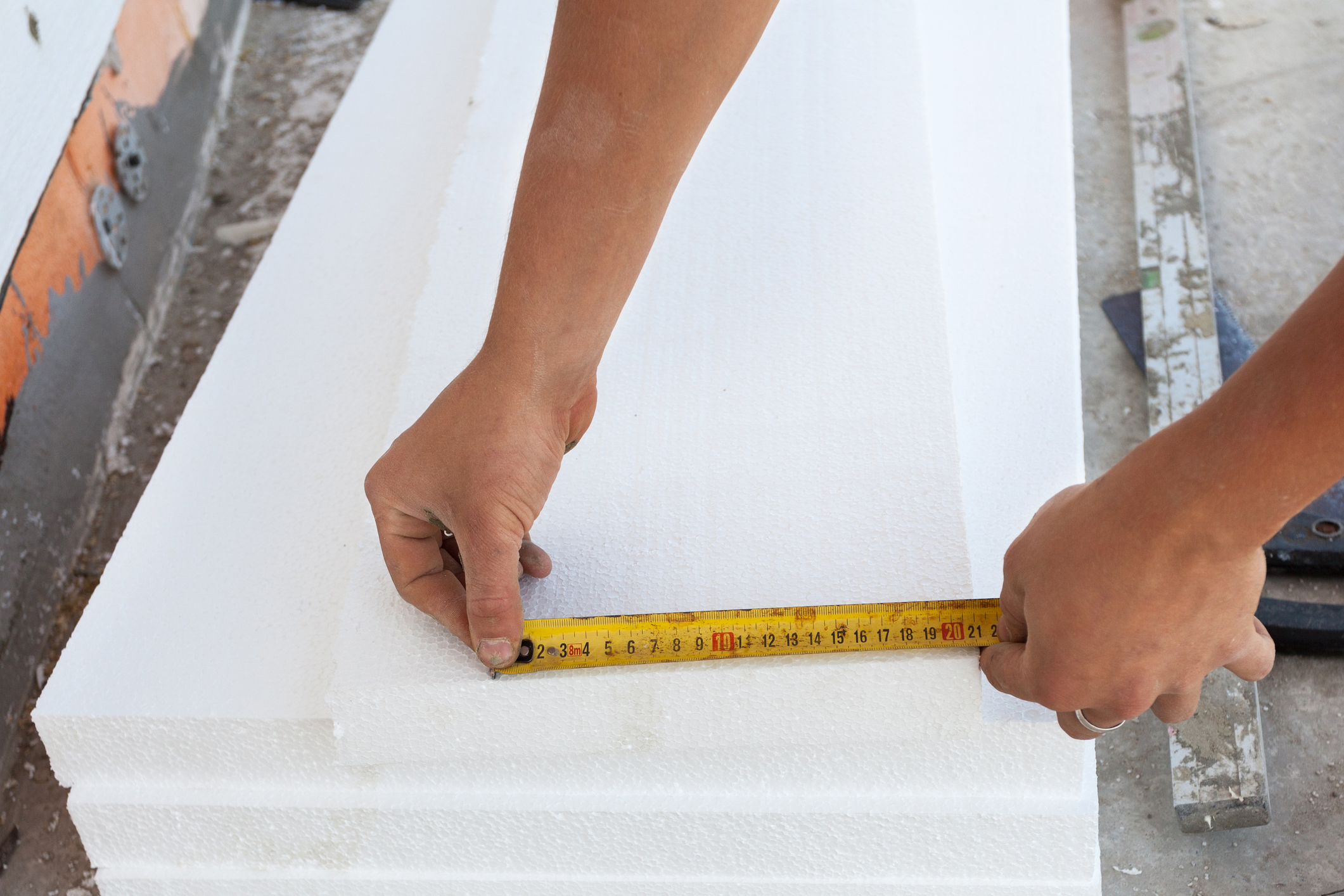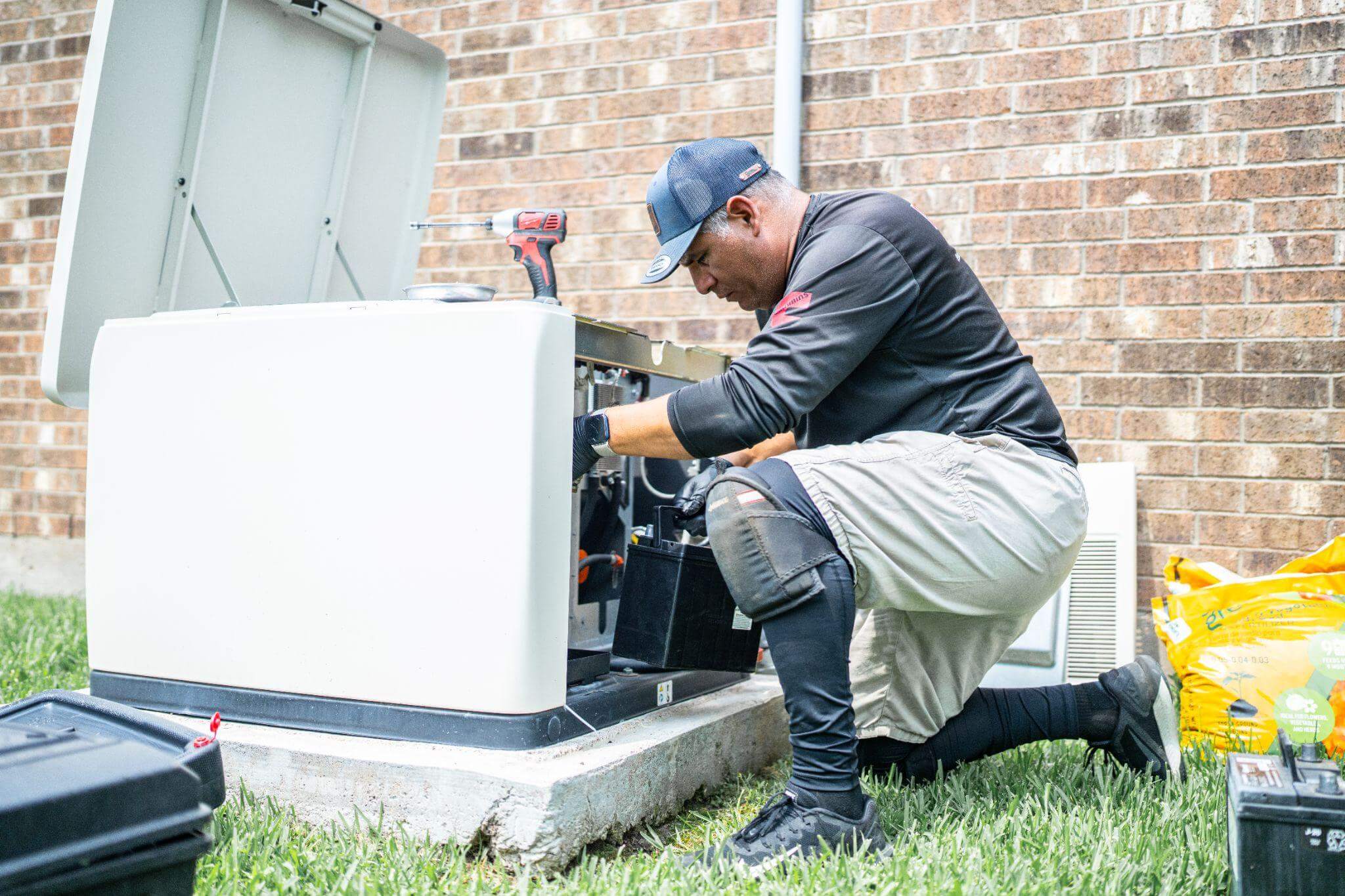Are you doing a siding project?
Modernize can pair you with three to four pros in your area, so you can compare options and save time and money.
Moisture problems often arise from external factors like ice, rain, sleet, and snow, making it essential to protect your home. However, homes with masonry, stucco, fiber cement, or concrete exteriors may face a lesser-known issue called inward solar vapor drive. This occurs when cool, air-conditioned interiors cause condensation inside the house wrap, while rain-soaked exterior surfaces dry out and push water deeper into materials like brick. Though rare, this phenomenon can lead to serious issues such as mold, rot, insulation damage, and leaks. Understanding inward solar vapor drive, its causes, and prevention methods is vital to safeguarding your home.
Reservoir Cladding: How Walls are Protected in Masonry
If you’ve lived in your brick house for a while, you may have noticed that moisture tends to stick to it. Maybe you’ve had some problems with algae, or have noticed that plants tend to take root there in the spring. Brick, concrete, cement products, and stone all absorb water when it rains or snows. They’re what’s known as “reservoir cladding,” which is just a fancy way of saying that they hold water.
That means builders have to be careful when they put in your siding. They can’t lay it flush against your home’s sheathing—that could potentially expose the walls to moisture, and lead to all those problems we talked about before. Instead, your installer creates a drainage plane and an air barrier behind the brick wall. It’s too complicated to go into all the mechanics here, but basically, that system behind your walls works to absorb water and dries it out using the airflow inside your home’s walls.
The problem comes when reservoir cladding is combined with a couple of other factors that we’ll go into in depth below. If water isn’t being properly vaporized behind the wall, it can collect, and then suddenly before you know it, you can have inches of water sitting in your walls.
Other Factors that Affect Moisture in Brick Walls
The biggest player in the whole inward solar vapor drive effect is house wrap. In most cases, house wrap is good for a home. It can protect the interiors from the elements and keep heat from escaping when it’s cold outside. But it’s not perfect. Most house wrap is permeable, meaning it’s made with small holes to let moisture escape. But a plastic vapor barrier like polyethylene sometimes doesn’t “breathe” enough for a brick home.
To get the whole picture, though, we have to talk about how that polyethylene surface interacts with air conditioned interiors. You’ll have to think back to the summer, when temperatures were soaring, and you turned your AC up high just to get the slimmest relief. You’ve probably noticed that sometimes that AC unit causes condensation—well, the cooler air from your home can do that when it comes across a vapor barrier that’s not porous enough. Water collects against the back of the house wrap, and guess where the water then stays? Yep, you got it: inside your walls.
Find the Right Contractor for Your Siding Project
Whether you’re ready to begin your project now or need some expert advice, our network of contractors are here to help. With a few simple questions, we’ll find the best local professionals for you

What Can Builders Do to Prevent Inward Solar Vapor Drive?
But not all is lost. Builders can make sure you never have to deal with the consequences of solar vapor drive. The first thing, of course, is to avoid a polyethylene or vinyl vapor barrier at all costs. There are plenty of alternatives to prevent moisture infiltration, so ask your house builder to investigate one of these instead.
A builder who knows what they’re doing will also check the tightness and airflow behind the wall. The more airtight a wall is, the less chance it has of drying out, so brick homes should be specially designed with a little extra room in the interiors to let moisture dry.
Another thing your builder might do is forego the fiberboard sheathing behind your new addition’s brick-veneered walls for a different material altogether: foam. Polyisocyanurate foam, also known as rigid foam sheathing, is most often used as protective insulation that’s nailed on top of OSB sheathing for protection. But it can also be used for the walls themselves, which is what brick home builders in the future may do to protect wall cavities from excess moisture.
See? Solar vapor drive isn’t that big a deal. As long as your contractor takes care to use the right materials and techniques to install your new brick exteriors, you won’t find yourself hitting your head against that same wall in a few years.
Find the Right Contractor for Your Siding Project
Whether you’re ready to begin your project now or need some expert advice, our network of contractors are here to help. With a few simple questions, we’ll find the best local professionals for you
Reviews from Real Homeowners
Welcome to Homeowner Resources! We are the Modernize blog. Modernize pairs more than 3 million homeowners a year with pre-vetted contractors in their area. This blog started because we believe homeowners should know everything about their homes, from how their HVAC works to which front door colors they might love. On Homeowner Resources, you can find information on every part of your home, right down to how you can negotiate with contractors to get the best price. Here's more about the blog.
Need a contractor? Learn more about how Modernize finds the right pro for you.


